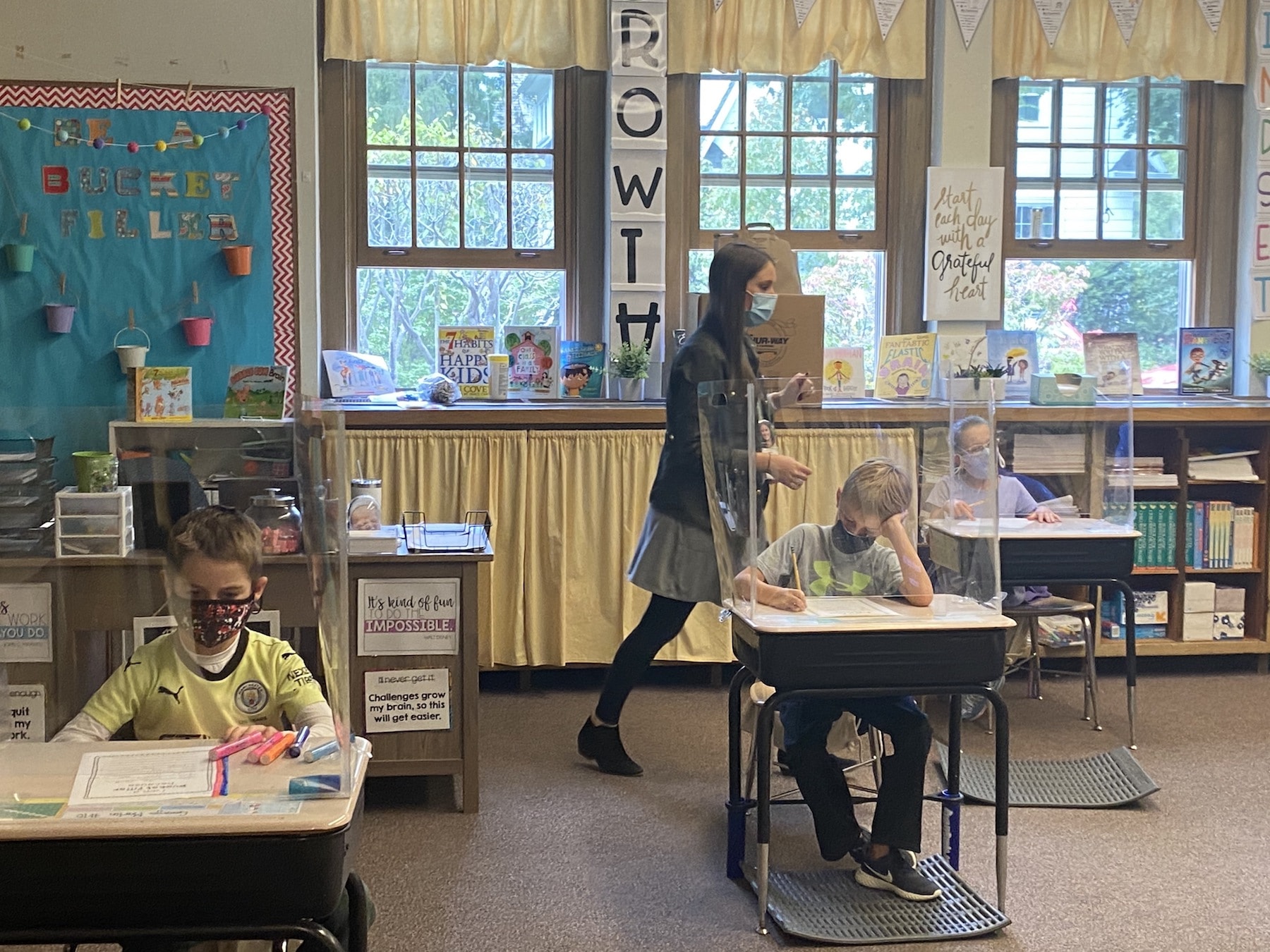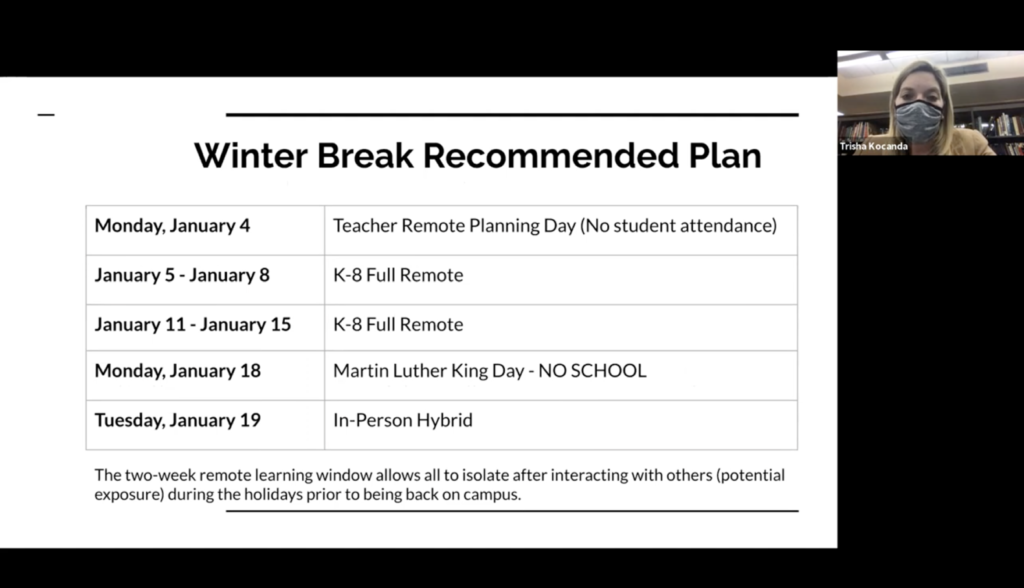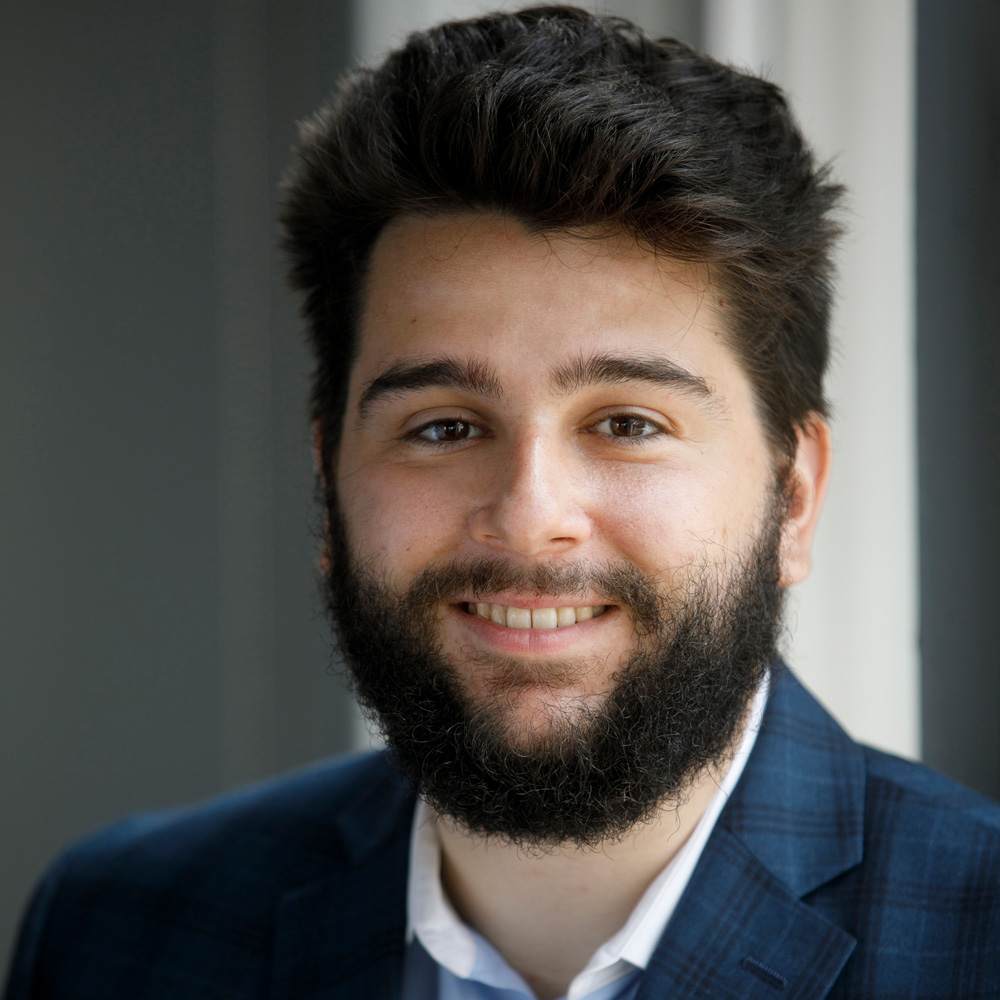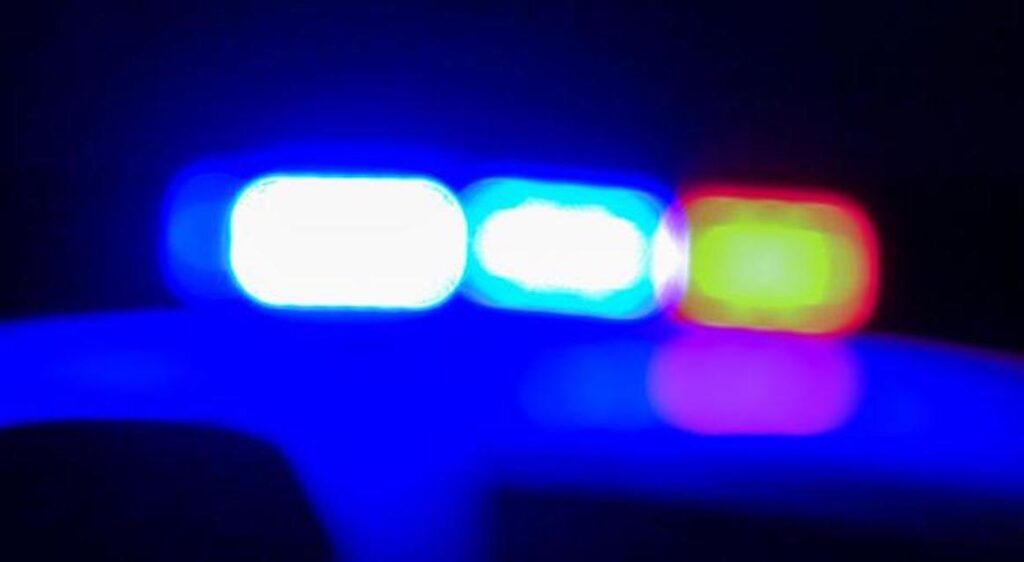
Winnetka Public Schools will temporarily pause in-person learning after winter break
The Winnetka Public Schools Board of Education OK’d a proposal from District 36 Superintendent Dr. Trisha Kocanda that recommends district students learn remotely for the two weeks following winter break.
Under the plan, which Kocanda presented Tuesday, Nov. 24, during the board’s regular meeting, students will return to school for in-person learning on Tuesday, Jan. 19, officials said at the meeting.
The approved adaptive pause in on-site instruction is the first extended break to in-person learning in District 36 this school year.
“Ultimately when we talked about this at our metrics meeting … the idea here was that we know over winter break there’s a high likelihood that (we might see travel),” Kocanda said at the meeting. “And so giving both our staff and our families the full two weeks post-winter break to be able to isolate, have our students still have a strong educational experience via the remote model and then be able to safely welcome our students back after Martin Luther King Jr. Day (Jan. 18) would be the preferred model at this time.”
Before presenting the administration’s recommendation to the board, Kocanda outlined summary data from the district’s first trimester, which concluded the week of Nov. 16.

District 36 students spent 55 days on campus for in-person learning in the first trimester, Kocanda said, adding that the average weekly absence rate was approximately 5 percent.
The district had 109 K-8 students that were full remote and 122 students were temporarily remote at some point during the trimester.
Seventeen of the district’s “learning pods” ended up flexing into remote learning because of quarantine at some point, Kocanda said, adding that these pods did subsequently return for in-person learning.
Enrollment for the district’s second trimester shifted slightly, according to data presented at the meeting. Ninety-two percent of the district’s students, which totals 1,490, opted for in-person hybrid instruction in the second trimester, a number that represents approximately a 1 percent decrease from the first trimester.
One hundred and twenty-five students, or 8 percent, opted for full remote learning.
The district’s first trimester hybrid learning plan divided students alphabetically and split them into a.m. and p.m. groups for half-day in-person attendance and half-day remote learning. Although the district is shifting to remote learning for the two weeks after winter break, Kocanda said the administration is still working on plans for a longer in-person day and still considers it a priority.
Board members dedicated a significant amount of deliberation toward their discussion of possible COVID-19 testing options.
Several board members questioned the effectiveness and timeliness of moving forward with a pilot of a screening or testing program, while some supported the added safety it could provide.
“I view it as an additional layer of security,” board member Megan Panje-Wilson said. “Families are able to make their own decisions for what they feel is best and safest for their own family. We can put out recommendations, we can ask them to follow certain travel quarantines but it’s an added layer of security after large breaks of time when people will be traveling and will be mingling.”
Kocanda presented survey data collected by the district regarding testing, which the board requested at a previous meeting. More than 900 parents and 250 staff members participated in the survey.
Approximately 83 percent of parents said they would support moving forward with noninvasive testing, according to Kocanda. Seventy percent of staff members said they would be interested in participating in the screening while 70 percent also said they would feel more safe with a screening/testing process in place.
Ultimately, in a narrow 4-3 vote, the board voted to move forward with a pilot of a screening program that is comparable to New Trier High School’s.
Kocanda recommended that the pilot consist of no more than 100 student and staff volunteers and said it would make the most sense to test the program at Carleton Washburne School, since that is where the district has seen the most students cases of the virus.
The district is tentatively planning to collect specimen samples on Friday, Jan. 15, prior to the resumption of school on Jan. 19, Kocanda said.
“The reason we would pilot both students and staff is because operationally there’s a different preparation and handling of how you would do that,” she said.
Brad Goldstein, the district’s chief financial officer, said the pilot would could the district “under a couple thousands dollars.”
The Record is a nonprofit, reader-funded news site. Our coverage of COVID-19 — and all of our public-service journalism — is free for all to read.
Support our efforts by becoming a subscriber to have full access to unmatched local reporting on New Trier Township.
Just want to help? Donate to The Record to support reliable, responsible local news.

Martin Carlino
Martin Carlino is a co-founder and the senior editor who assigns and edits The Record stories, while also bylining articles every week. Martin is an experienced and award-winning education reporter who was the editor of The Northbrook Tower.


